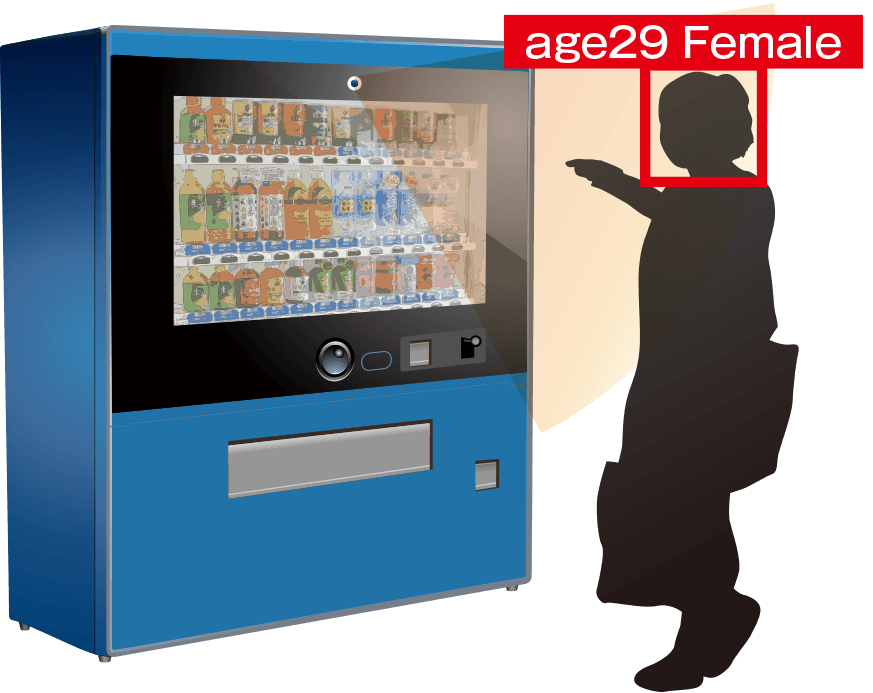Aug 26 2016
OMRON Corp. of Kyoto City will introduce to the world on Aug. 26, 2016, the HVC-P2 B5T-007001 Series, a built-in human condition recognition unit dubbed a "Human Vision Components" (HVC) system, with a maximum recognition speed 10 times greater than that of previous models.

The HVC is an image-sensing unit incorporating's proprietary "OKAO® Vision" technology for recognizing human face expression, gender, age, gaze and blink into a camera module. The HVC-P2 boasts a maximum recognition speed 10 times that of a previous model introduced in March 2014, making it possible to detect a human body four times per second (*), keeping track of a person within a detection area without fail.
(*) Data based on a camera head placed within a 7.4-meter distance from a human body
Customers can also choose from two camera heads, a long-distance detection type and a wide-angle detection type, depending on their specific application purposes. A piece of equipment embedded with the HVC-P2 can detect and presume attributes and conditions of a user coming in its vicinity, without the user knowing the presence of a camera, making it possible to provide services deemed most suitable in view of the user's attributes.
Examples of application
- Digitalizing people's attention to advertisements including digital signage:
The long-distance type of the HVC-P2 can detect and presume attributes of people, including gender and age, as well as their sight line and facial expression from a maximum distance of 3 meters, measuring, for example, the degree of attention people walking through a railway station pay to a digital signage system installed there.
- Contributing to optimization and development of products for sale from vending machines:
A wide-angle type of the machine is capable of covering an area 100 cm by 75 cm from a distance of 50 cm, keeping track of people buying naturally from a vending machine, collecting data to be used later for optimum product refill, new product development and marketing activities.
Furthermore, the HVC-P2 can be embedded in a variety of equipment and machines to do various jobs involving humans and machines, including safeguarding people in manufacturing workplaces, keeping track of congestion in elevators, and watching out for people under care at nursing homes.
By embedding the company's proprietary image-sensing technology capable of recognizing human conditions, now available in the form of the HVC-P2, in every piece of equipment and machinery, contributes to the realization of an IoT society where things work for people.
Main features
- 10 types of image-sensing functions are available for recognizing human conditions in various perspectives: (1) face detection, (2) human body detection, (3) hand detection (4) face direction estimation, (5) gaze estimation, (6) blink estimation, (7) age estimation, (8) gender estimation, (9) expression estimation, (five facial expressions: neutral, happiness, surprise, anger & sadness) and (10) face recognition
- Recognition and presumption come out in the form of digital data including the number of detections, angles and age as well as text data including facial expressions and gender.
- The HVC-P2 consists of a camera and a separate main board, connected via a flexible flat cable, allowing it to be installed on the edge of a flat display unit, which was difficult with previously available all-in-one units.
- Output image can be chosen from three types: no image output, 160x120 pixels and 320x240 pixels.